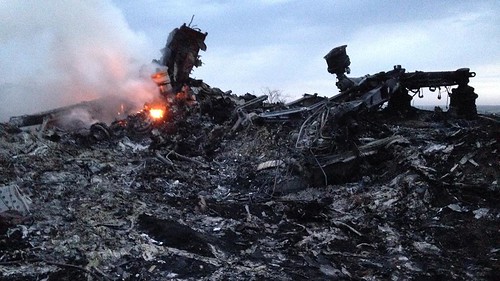Nuclear weapons testing: The “Small Boy” test shot Little Feller I becomes the last atmospheric test detonation at the Nevada National Security Site.
Operation Dominic was a series of 31 nuclear tests conducted in 1962, during the height of the Cold War, to demonstrate the capabilities of the United States’ nuclear arsenal. The purpose of these tests was to gather data on nuclear weapons performance and explore various weapon designs.
The “Small Boy” test shot, specifically named Little Feller I, was notable because it involved the testing of a lightweight, deliverable nuclear warhead intended for use with artillery systems. The goal was to evaluate the feasibility of employing nuclear weapons in a battlefield or tactical scenario.
The Little Feller I test involved the detonation of a low-yield nuclear device with an estimated yield of around 0.022 kilotons (22 tons of TNT equivalent). The yield was relatively small compared to other nuclear tests, and this was intentional to create a low-yield, tactical weapon that could be used in combat situations with reduced collateral damage.
During the test, a 155mm M-28 nuclear artillery shell was fired from a howitzer cannon to demonstrate the use of nuclear weapons in a field artillery context. The shell successfully detonated at the designated target area, demonstrating the ability to employ small nuclear warheads with conventional artillery systems.
The Little Feller I test was part of the U.S. government’s efforts to develop and enhance its nuclear arsenal during the Cold War. It also showcased the versatility and flexibility of nuclear weapons deployment, as the United States sought to maintain a credible nuclear deterrence posture against potential adversaries.


